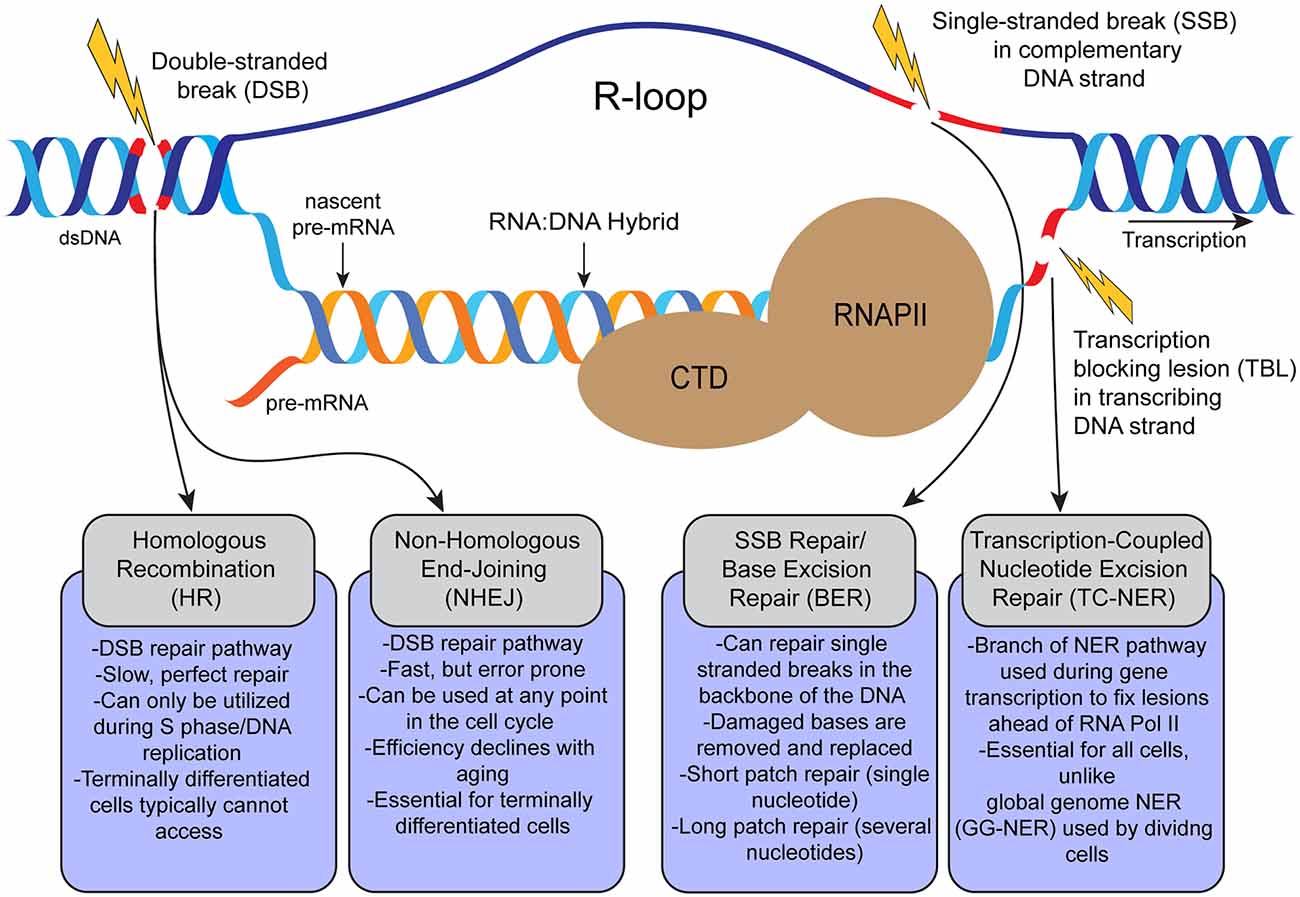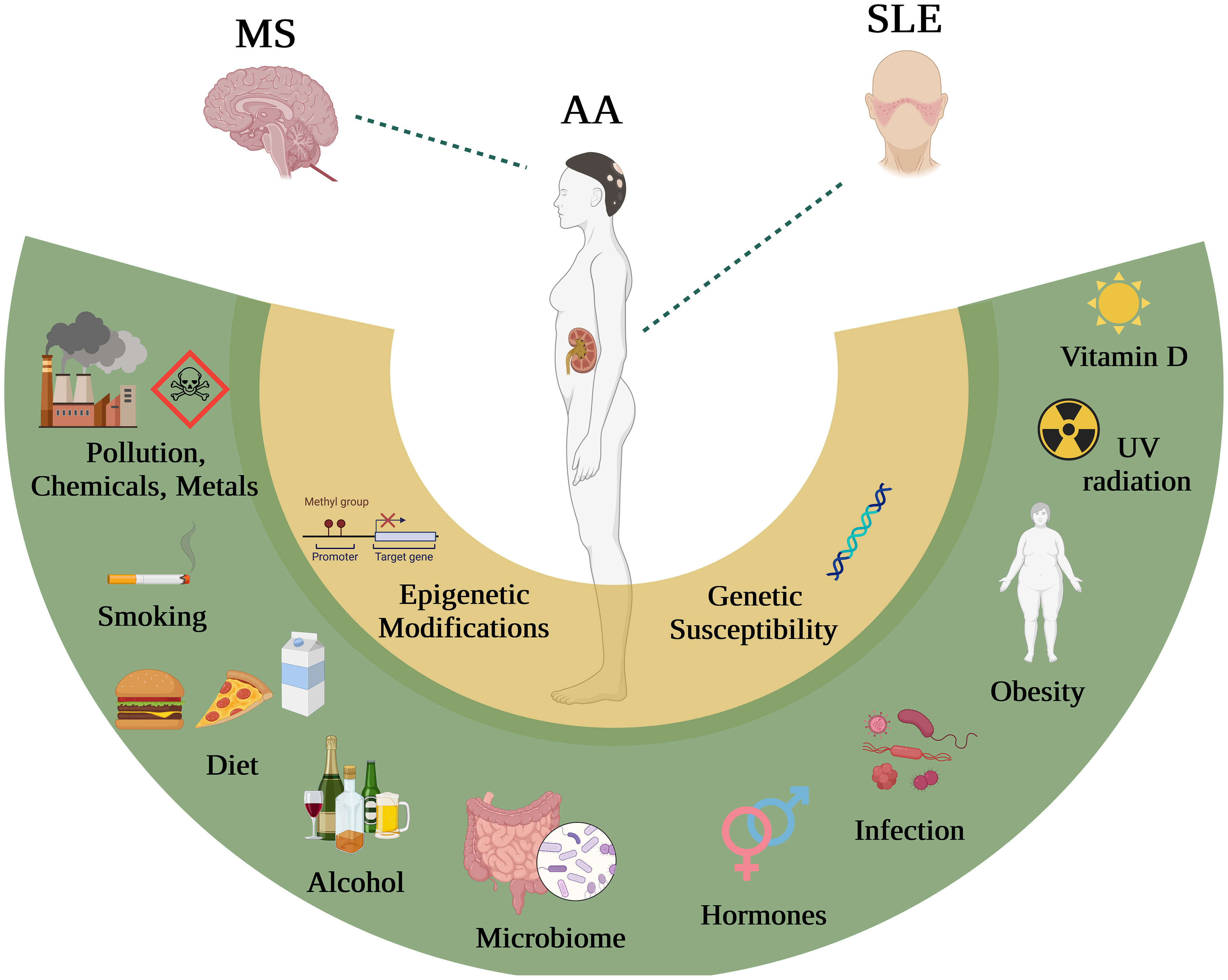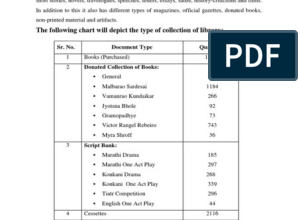The Intriguing Logic Behind DNA Complementarity: What You Need To Know

The new DNA strand is complementary to the 3′ to 5′ strands in short segments due to the antiparallel nature of DNA strands within the double helix structure. This complementary pairing ensures accurate replication during cell division, maintaining genetic integrity and stability.
In the intricate process of DNA replication, the new DNA strand is synthesized in short segments known as Okazaki fragments on the lagging strand. The complementary pairing between the 3′ to 5′ template strand and the 5′ to 3′ synthesizing strand allows for precise and error-free duplication of genetic information.
Understanding this fundamental aspect of DNA replication is crucial in comprehending the mechanisms that drive cellular processes and genetic inheritance. As we delve deeper into the intricacies of DNA replication, the importance of this complementary relationship becomes increasingly apparent in the maintenance of life’s blueprint.

Credit: pubs.acs.org
Contents
The Discovery Of DNA Complementarity
The discovery of DNA complementarity led to the understanding of why the new DNA strand is assembled in short segments that are complementary to the 3′ to 5′ strands. This unique feature ensures accurate DNA replication and helps maintain genetic stability.
Watson And Crick’s Groundbreaking Discovery
The discovery of the complementarity of the new DNA strand to the 3′ to 5′ strands assembled in short segments has its roots in the groundbreaking work of Watson and Crick. Their famous model of DNA structure paved the way for understanding the basis of complementarity in DNA.
Unraveling The Structure Of DNA
Watson and Crick’s discovery unlocked the mystery of DNA structure, revealing the double helix configuration composed of nucleotide base pairs. This structure explains why the new DNA strand is complementary to the 3′ to 5′ strands assembled in short segments.

Credit: www.frontiersin.org
Key Concepts Of DNA Complementarity
DNA complementarity involves crucial aspects such as base pairing rules, complementary strands, and antiparallel orientation, ensuring accurate assembly of new DNA strands.
Base Pairing Rules
- Adenine pairs with thymine
- Guanine pairs with cytosine
Complementary Strands
In DNA replication, each new DNA strand is complementary to the original 3′ to 5′ template strand, ensuring genetic information is accurately preserved.
Antiparallel Orientation
DNA strands run in an antiparallel manner, with one strand oriented in the 3′ to 5′ direction and the other in the 5′ to 3′ direction, allowing for precise base pairing during replication.
The Role Of Dna Complementarity In Replication
Dna Replication Process
DNA replication is a vital process where a new DNA strand is synthesized based on an existing template. This process ensures genetic information is accurately passed on during cell division.
Replication Fork
The replication fork is the region where the DNA double helix is unwound to allow for the synthesis of new complementary DNA strands. This is a crucial step in the replication process.
Complementary Strand Synthesis
Complementary strand synthesis occurs in short segments along the template DNA strand. Each new nucleotide is added to the growing complementary strand based on the 3′ to 5′ directionality, ensuring precise replication.
Importance Of Dna Complementarity In Genetic Information Flow
Importance of DNA Complementarity in Genetic Information Flow DNA complementarity, the property that allows DNA strands to form specific base pairs, plays a crucial role in the flow of genetic information. This complementarity is the foundation of key genetic processes such as transcription and translation, ensuring the accurate and faithful transmission of genetic instructions.
Transcription: DNA To RNA
During transcription, the DNA double helix unwinds, and the enzyme RNA polymerase synthesizes a complementary RNA strand using one of the DNA strands as a template. The complementarity of DNA bases (A with T and C with G) ensures that the resulting RNA molecule accurately reflects the genetic information contained in the DNA, enabling the transfer of genetic instructions from the nucleus to the cytoplasm.
Translation: RNA To Protein
In the process of translation, the mRNA transcribed from DNA serves as a template for the assembly of amino acids into a polypeptide chain. The complementary base pairing between the mRNA codons and the tRNA anticodons ensures that the correct amino acids are brought to the ribosome in the proper sequence, ultimately leading to the precise synthesis of proteins based on the genetic code.
Beyond Watson And Crick: Discoveries And Applications
The discovery of the complementary nature of DNA strands by James Watson and Francis Crick in 1953 was a groundbreaking moment in the field of genetics. It revealed that the two strands of DNA are held together by hydrogen bonds, with adenine (A) always pairing with thymine (T), and cytosine (C) always pairing with guanine (G). This complementarity plays a crucial role in maintaining the integrity and stability of DNA, preventing harmful mutations and genetic disorders.
In genetic disorders, the complementary pairing of DNA strands can be disrupted due to mutations or alterations in the genetic code. These mutations can lead to serious health conditions such as cancer, autoimmune disorders, and inherited diseases. Understanding the significance of complementarity has allowed researchers to identify and study these genetic disorders, paving the way for the development of targeted therapies and genetic interventions.
By studying the unique characteristics of DNA complementarity, scientists can diagnose genetic disorders through various techniques, including DNA sequencing and genetic testing. This knowledge enables healthcare professionals to provide early detection and personalized treatment options for individuals at risk of developing genetic diseases.
The discovery of DNA complementarity has also revolutionized the field of synthetic biology, allowing scientists to create artificial DNA strands with specific sequences and properties. This advancement has vast implications for various fields, including medicine, agriculture, and biotechnology.
With the advent of synthetic DNA, researchers can now develop tailored gene therapies and vaccines for previously untreatable diseases. This approach involves designing and synthesizing artificial DNA strands that target specific genes, enabling precise gene editing and modification. Synthetic DNA can also be used to create genetically modified organisms (GMOs) with enhanced traits, such as disease resistance or improved crop yields.
The application of synthetic DNA in gene editing technologies like CRISPR-Cas9 has opened up new possibilities for modifying genetic material with unparalleled precision. This revolutionary technique has the potential to correct gene mutations responsible for inherited disorders, treat certain types of cancer, and even eradicate genetically transmitted diseases.
The study of DNA complementarity, combined with the development of synthetic DNA and gene editing technologies, has presented researchers with unprecedented opportunities to explore and manipulate genetic material. These discoveries and applications of DNA complementarity continue to pave the way for advancements in biological sciences, offering hope for improved diagnostics, therapies, and sustainable solutions to complex challenges.

Credit: www.frontiersin.org
Conclusion
The complementary nature of the new DNA strand to the 3′ to 5′ strands assembled in short segments is vital for accurate replication. This process ensures the stability and integrity of the genetic code, allowing for precise transmission of genetic information.
Understanding this mechanism is crucial in the study of DNA replication and genetics.



